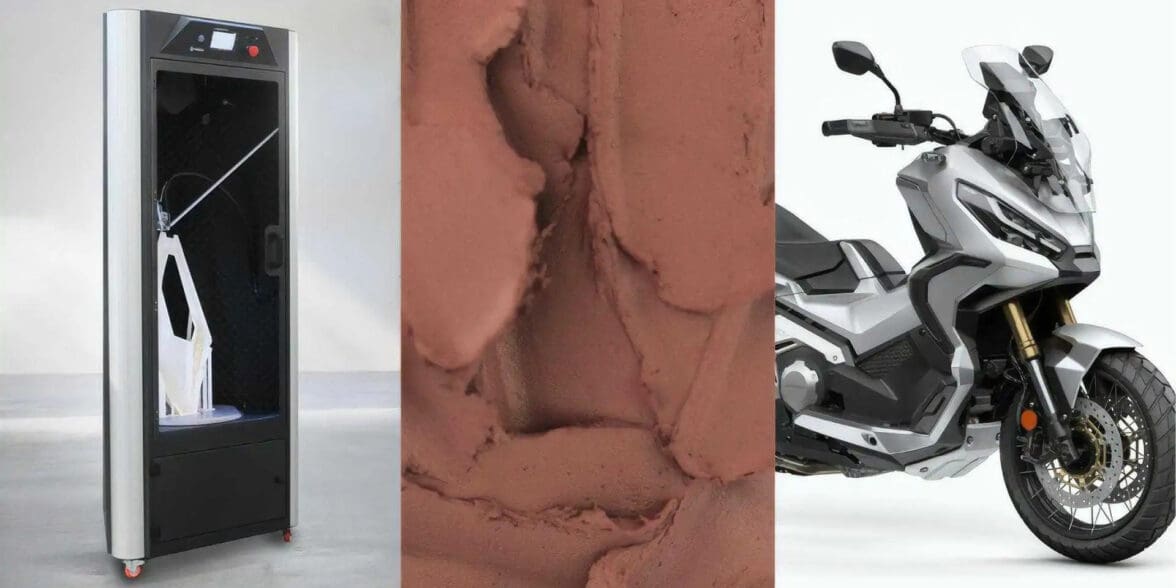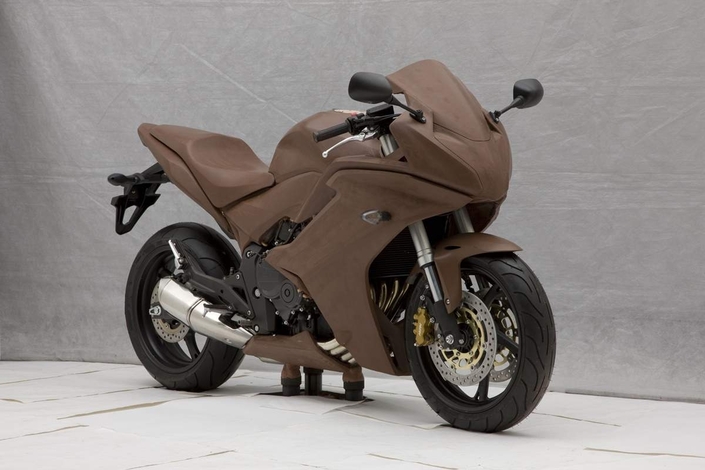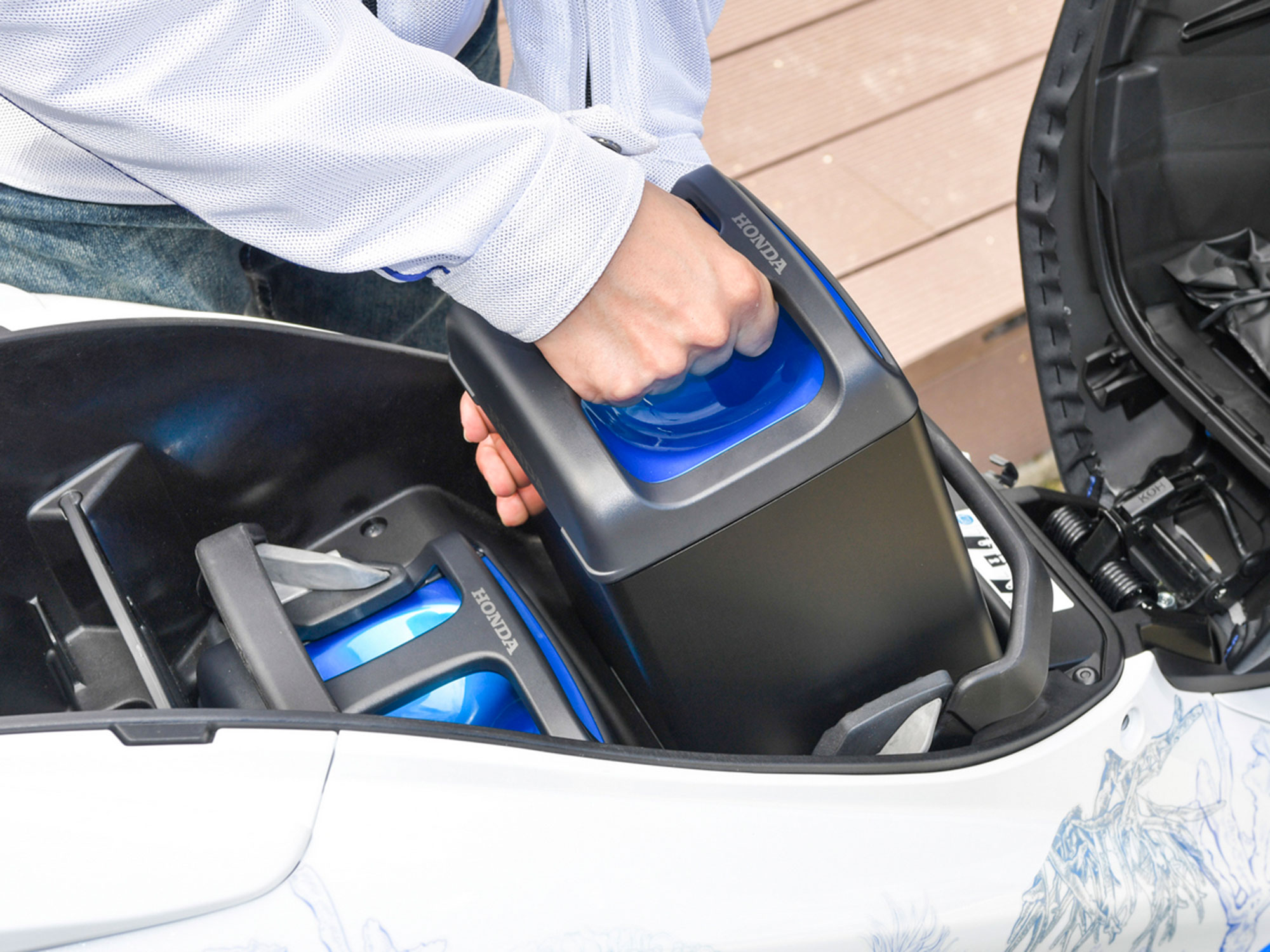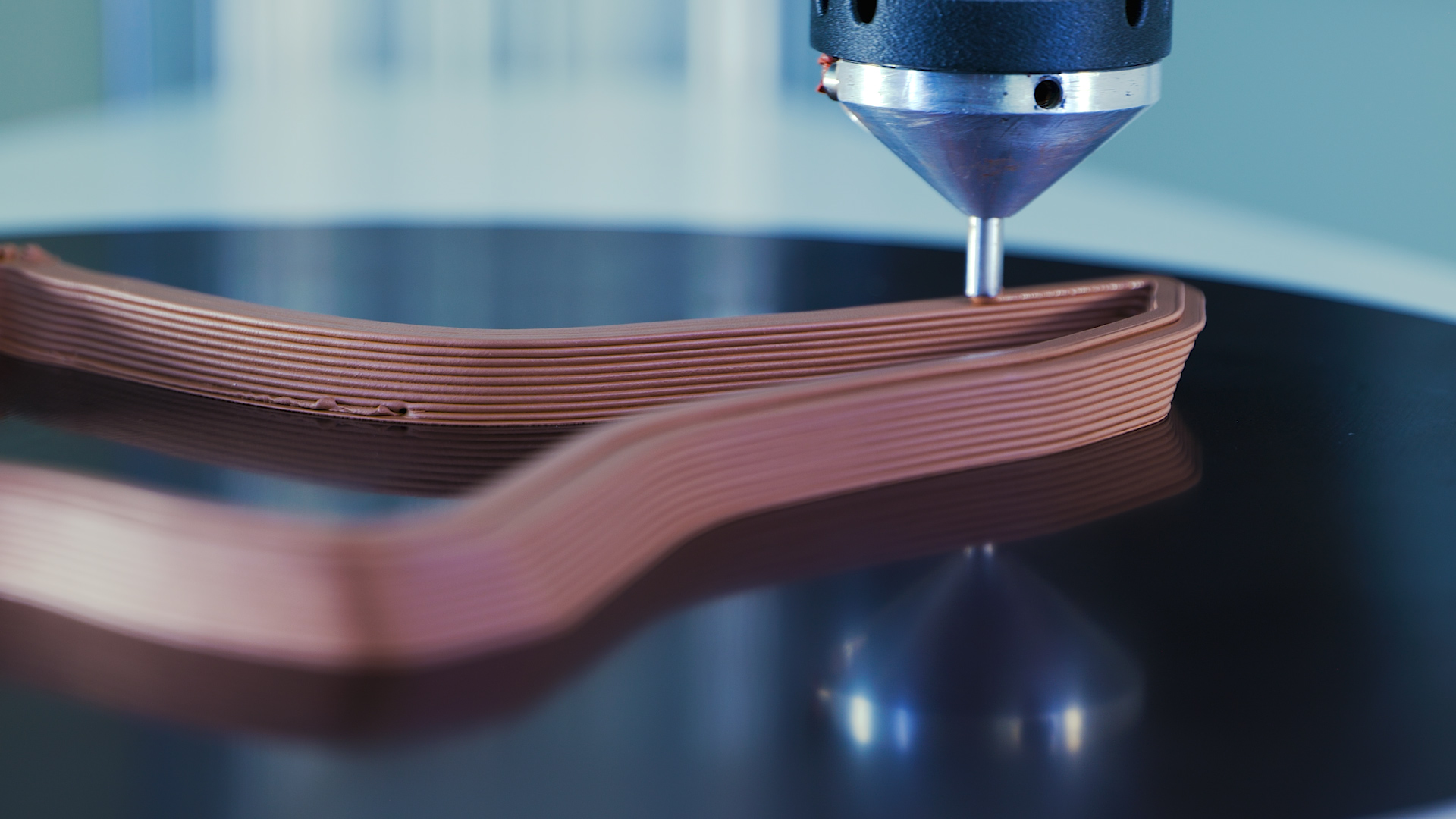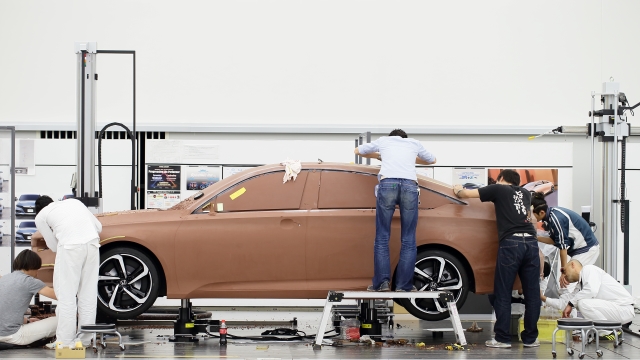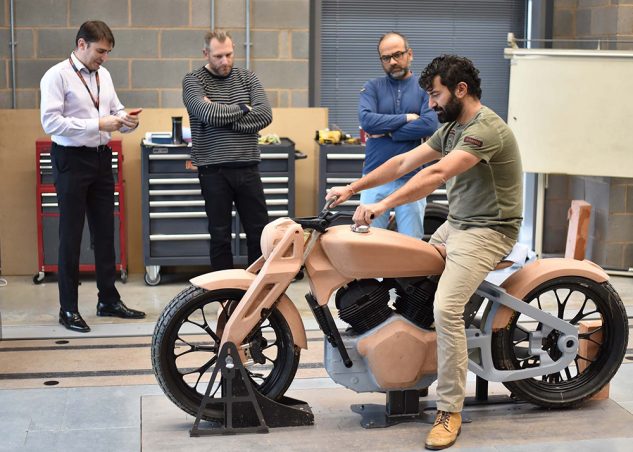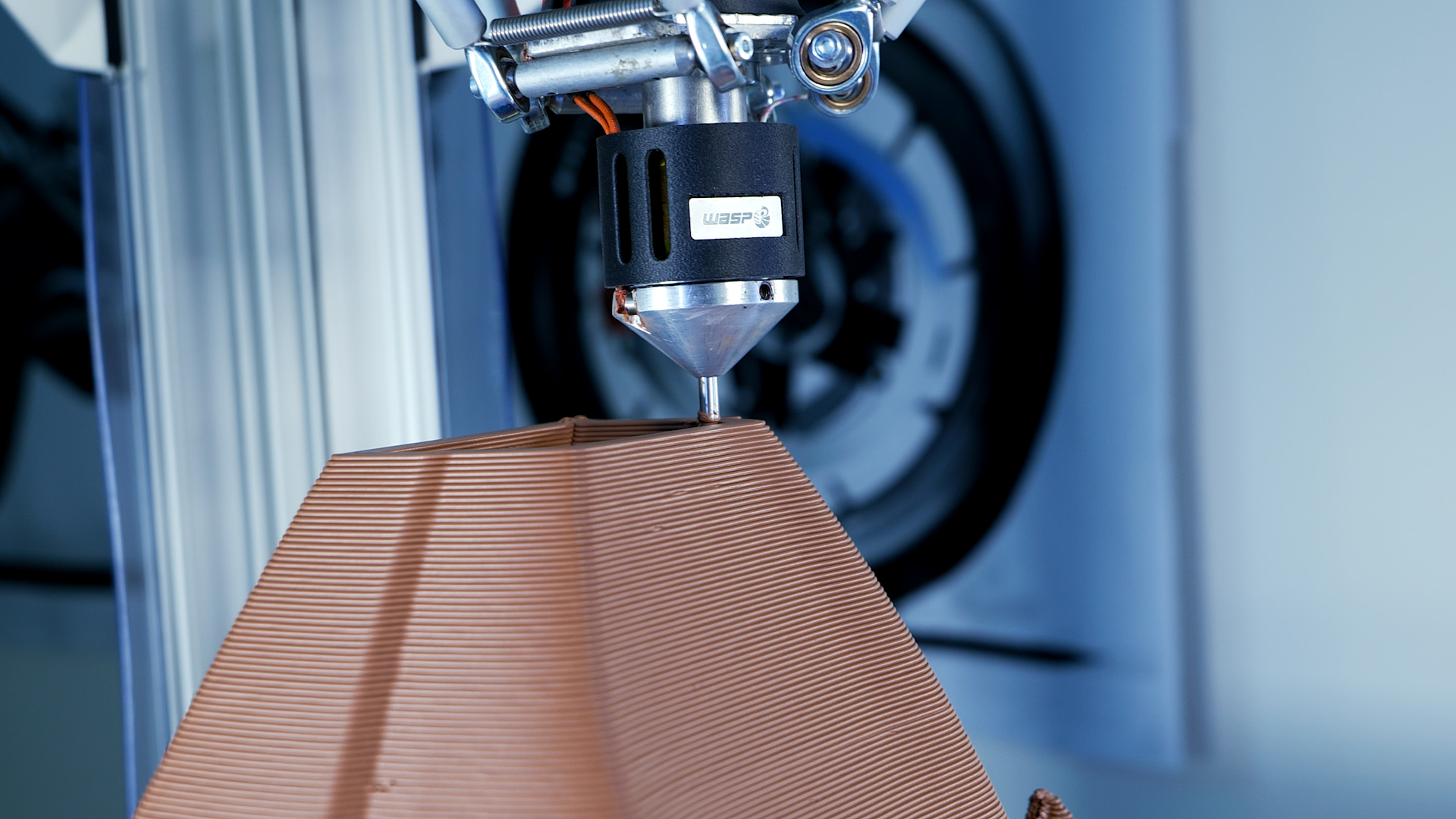Honda has decided to collab with an Italian company in the business of 3D printing – and the machines work almost exclusively with clay.
Let’s talk about it.
The Japanese public multinational conglomerate manufacturer has been keeping themselves on the cutting edge of the latest and greatest when it comes to new concepts in the two-wheeled community. They’ve signed on with Yamaha, Suzuki, and Kawasaki to create a battery-swapping system for the EV world, approached their country’s involvement in carbon neutrality with the utmost concern – heck, there’s even talk of Honda’s intentions to put AI (artificial intelligence) in some of their bike components for future models.
Amidst all this, Honda continues to putter away at their motorcycle concepts – and part of that process involves creating prototype parts to test out in the lab before swinging a leg over and hitting the road.
This is where WASP comes in.
A company leader in 3D printing, WASP’s LDM technology works by using ceramic materials (clay) and other reusable natural materials found in the local soil to form an eco-friendly, clay-based 3D printed project.
According to 3DPrintingIndustry, Honda has integrated WASP’s 3D printing technology into its creative process, “in order to shorten its vehicles’ time to market, creating a hybrid approach to industrial clay modeling that modernizes its workflow while retaining the artistry associated with hand-crafted motorcycles.”
But why clay?
GrabCad states that the value of clay – at least in the automotive industry – is in the product’s malleability, as well as the price point of creating a model from the digital rendering.
“Because clay models are often to scale, it’s the next best thing to seeing an actual prototype, plus it costs less. Designers can add to and take away from any area of the car’s exterior with little trouble, making it a highly fluid media…and many auto designers say that clay allows them to spot flaws in digital renderings.”
Industrial clay is commonly used for prototyping new part designs within motorcycle manufacturing as well. Still, the process is typically manual, which can be slow – so slow, in fact, that Honda’s started to chafe at the bit when it comes to the turnaround time of their projects.
Combine clay modeling with the capabilities of 3D mass manufacturing, and you’ve not only got yourself a more efficient method when it comes to the material – you’ve got yourself a process that syncs up to the production speeds of a manufacturing giant like Honda in no time flat.
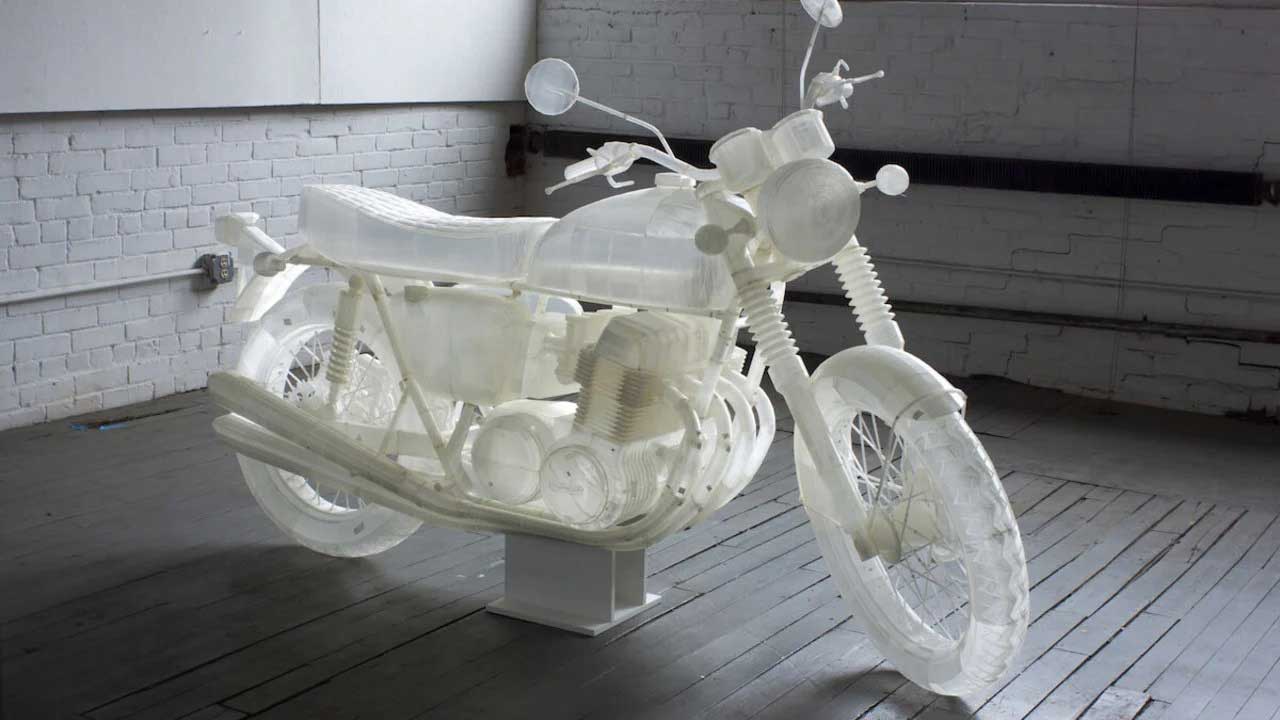

This doesn’t mean the company is completely doing away with their modelers. On the contrary, the role of the modeler in charge of the machine will be all the more pivotal, requiring the worker to be responsible for the entire process of the prototypes, from the 3D design to the final hand-made product.
“In order to preserve the creative process, we cannot rely on technology alone, but we need modelers not to interrupt their connection with matter in its most direct form: the hands,” says Antonio Arcadu, Design Modeling Coordinator at Honda R&D Europe says.
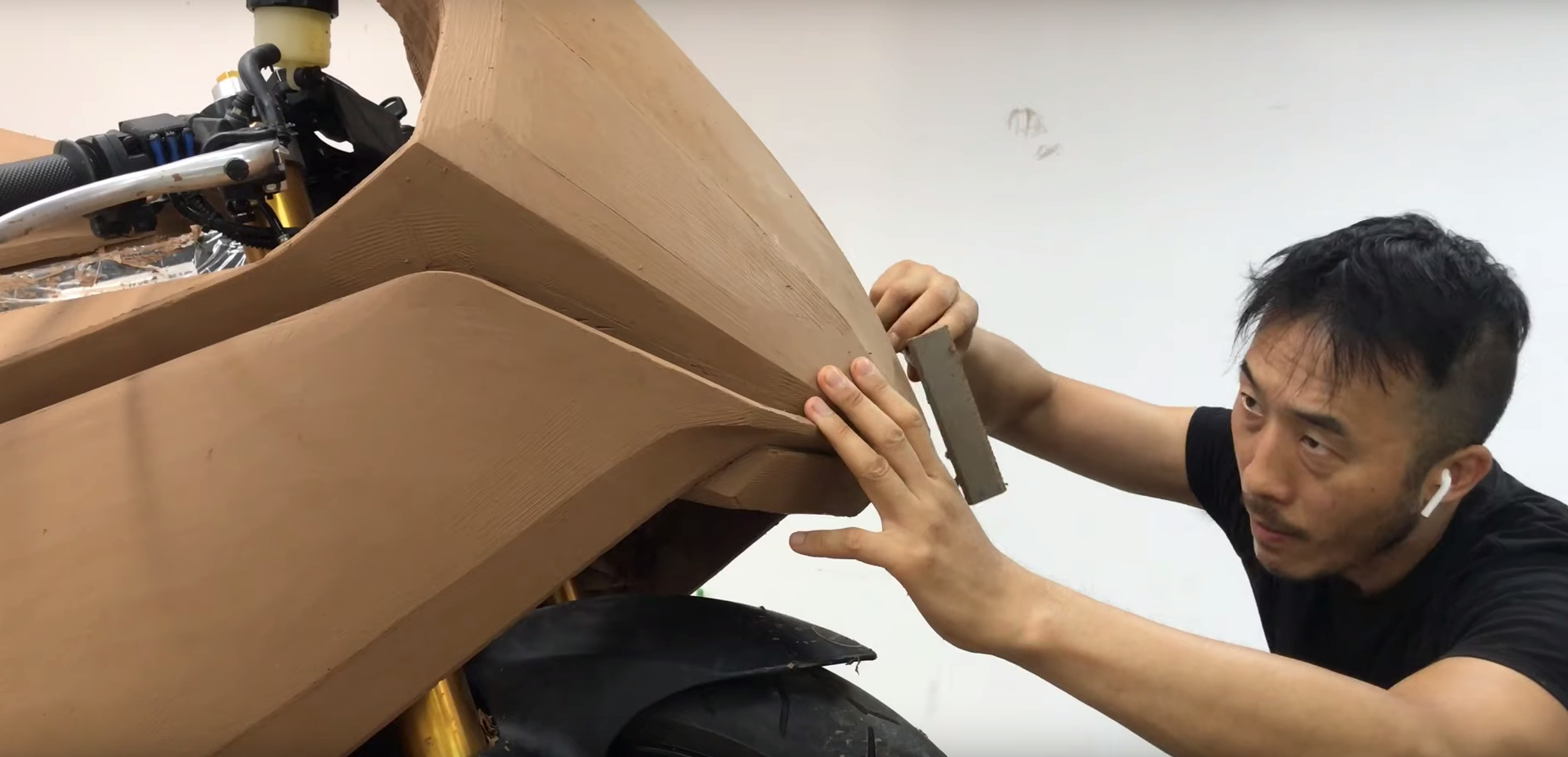

“Although this is a newly introduced process, it can be considered disruptive in the automotive sector because it introduces a new flow, mostly additive, able to optimize processing times and reduce the amount of material used in the traditional and subtractive processes.”
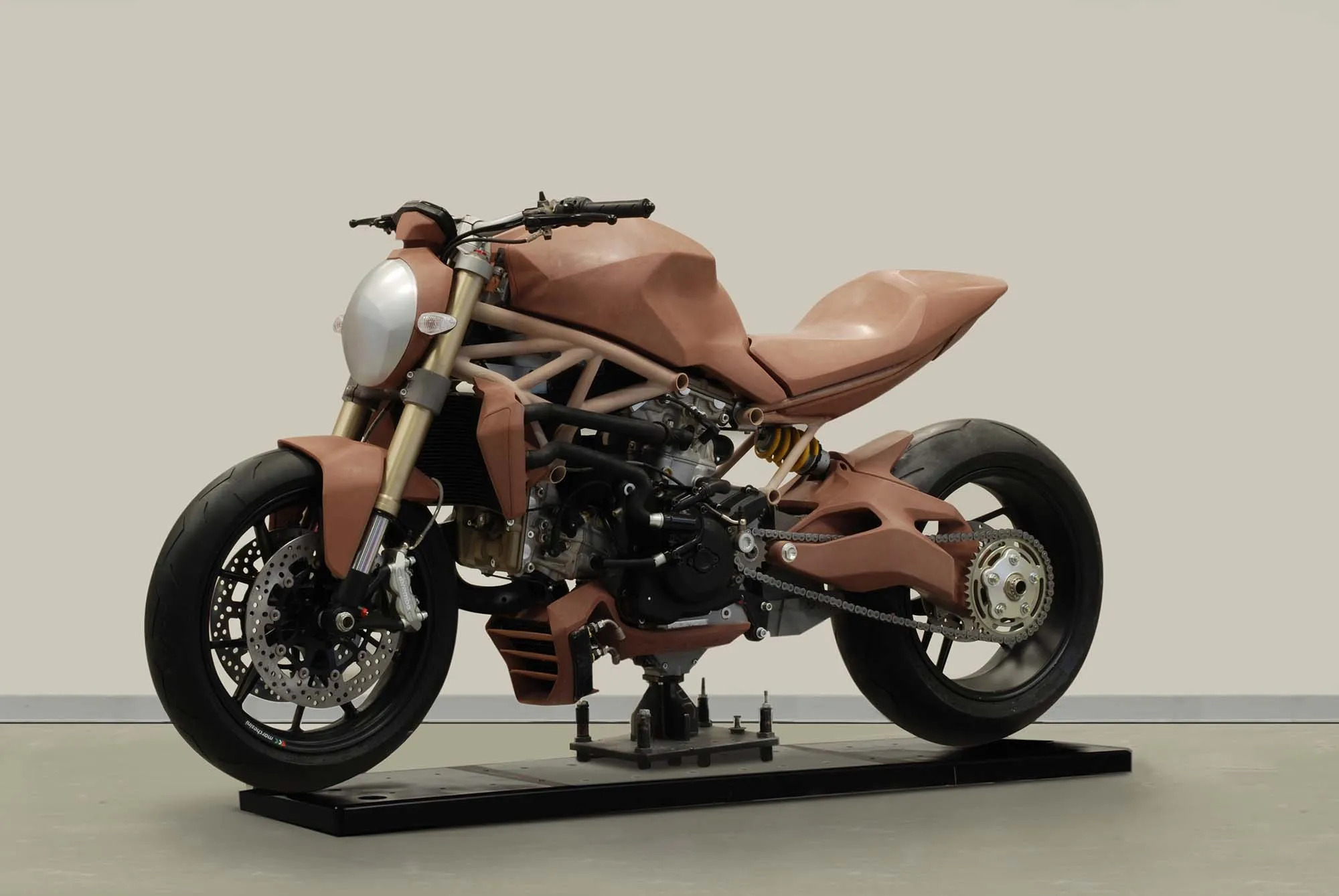

With the partnership reducing Honda’s costs and manufacturing time (without impacting labor forces), we’re excited to see what these two companies get up to in the coming years.
Stay safe on the twisties, and make sure to check out other concepts from Honda that we’ve covered recently.


